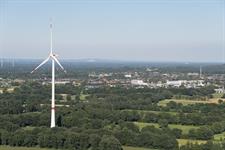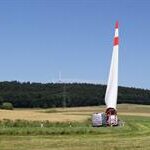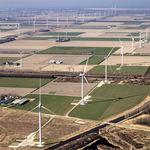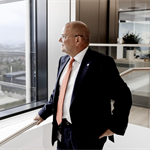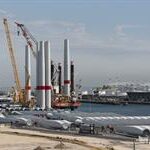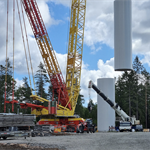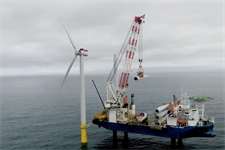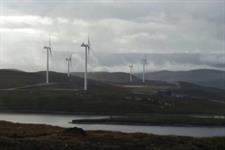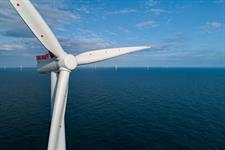EU’s 15GW new wind in 2022 ‘not bad, but not enough’ – WindEurope
Energy Disrupter
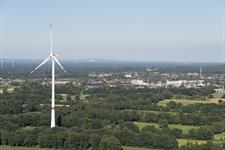
The EU installed about 15GW of new wind capacity in 2022 – up from 2021 levels – with Germany, Sweden and Finland leading the way.
Onshore wind accounted for about 90% of this growth, with nearly all of this being at greenfield sites – rather than old wind farms being repowered.
WindEurope counts onshore wind farms as being ‘installed’ when the whole project is fully connected to the grid, a spokesman told Windpower Monthly. It counts all grid-connected offshore wind turbines in its capacity totals.
This growth is an “important contribution to boosting Europe’s energy security ahead of the winter”, WindEurope noted – but installation levels still fall well short of what Europe needs to deliver on its climate and energy security targets, it warned.
The EU currently aims for renewables to account for 40% of its energy by 2030 – though a higher 45% target has been proposed to help ease Europe’s energy crisis as Russia withholds gas supplies from the continent.
Slow permitting processes remain a major bottleneck to wind power growth in Europe, with about 80GW of new capacity tangled in red tape – an obstacle the EU is looking to help ease with its RepowerEU package.
Inflation, supply chain challenges and falling investment levels are also preventing wind power expansion, WindEurope explained.
CEO Giles Dickson said: “15 GW new wind in 2022 is not too bad given the challenges faced last year by Europe’s wind industry.
“It’s not enough for the EU’s energy targets, but governments know the latter can only be achieved if they simplify the permitting rules and procedures – and there are now signs of progress on this.
“Less encouraging is the slowdown in investments in new wind farms. Confusion about electricity market rules is turning investors away. The EU must make Europe an attractive place for renewables investments again.”
‘Make EU attractive again’
Inflation and unhelpful government interventions are deterring new investments in wind power, according to WindEurope.
The EU gave member states the freedom to set their own national rules – including for caps on revenues from renewables – in last year’s emergency measures, with variation between countries sending confusing signals to investors.
In the first 11 months of 2022, new investments were made for only 12GW of wind capacity, according to WindEurope – a level significantly less than the rate of new investments needed to deliver the EU’s 2030 climate and energy targets, it warned.
The industry body urged the EU to use forthcoming reforms to electricity markets to give investors greater clarity about what rules apply.
Industrial investment
WindEurope also called for heavy investment in the EU’s industrial bases, and to offer similar levels of support seen in other parts of the world, citing the US’s energy transition-boosting Inflation Reduction Act as an example of “comprehensive policy support”.
“If the EU is serious about its energy and climate targets, it should facilitate these investments in our supply chain: factories, skilled workers, grids, raw materials and vessels,” Dickson added.
Meanwhile, industrial consumers in Europe want to decarbonise their operations, WindEurope noted, meaning the sector is now demanding wind power like never before.
Accordingly, corporate power purchase agreements for wind farms held up “quite well” in 2022, the industry body stated, but green power purchasing would have been higher if there were more investments made in new wind farms.

